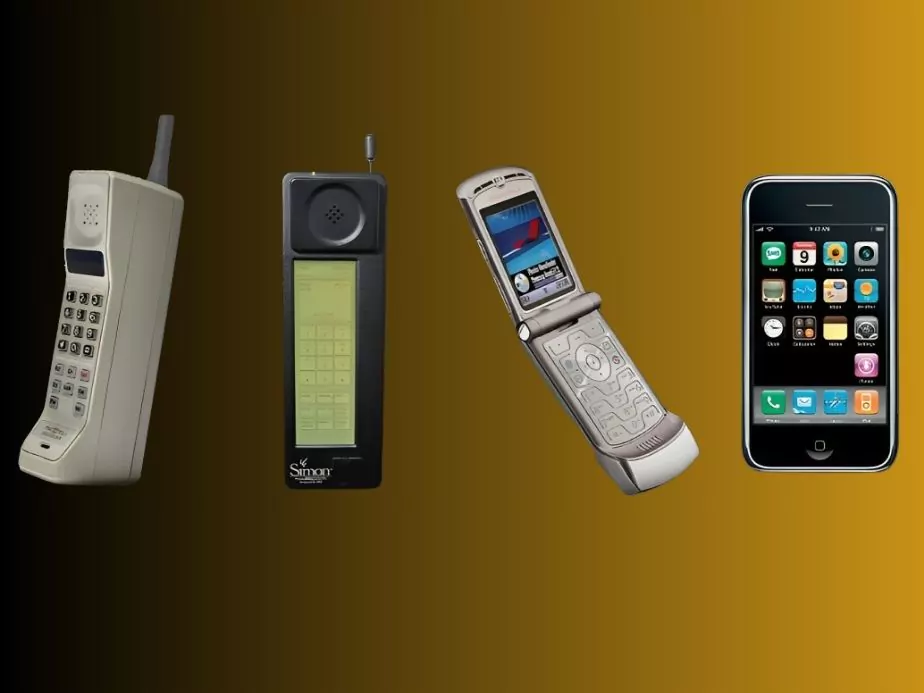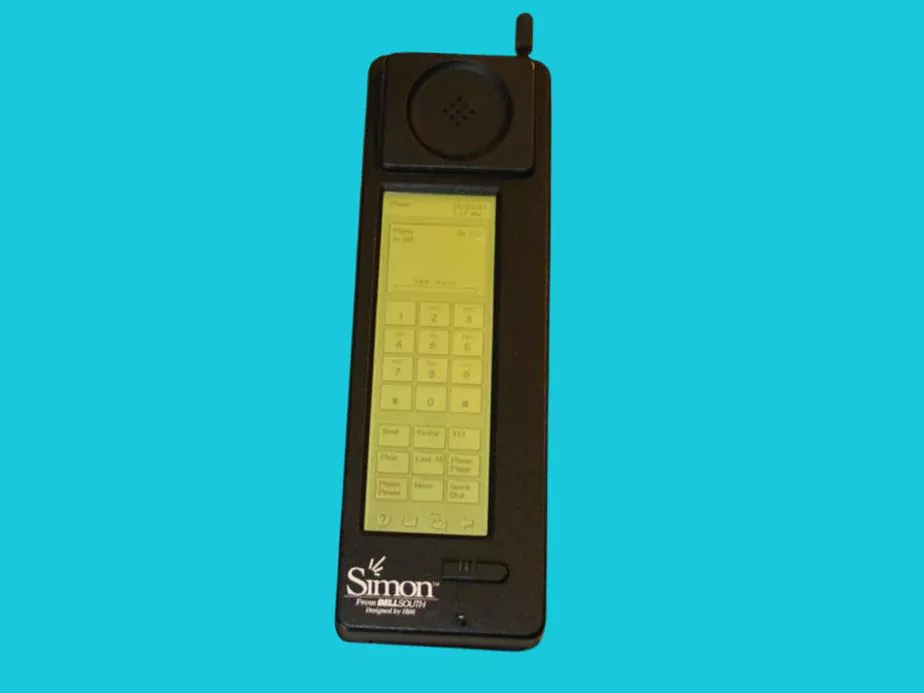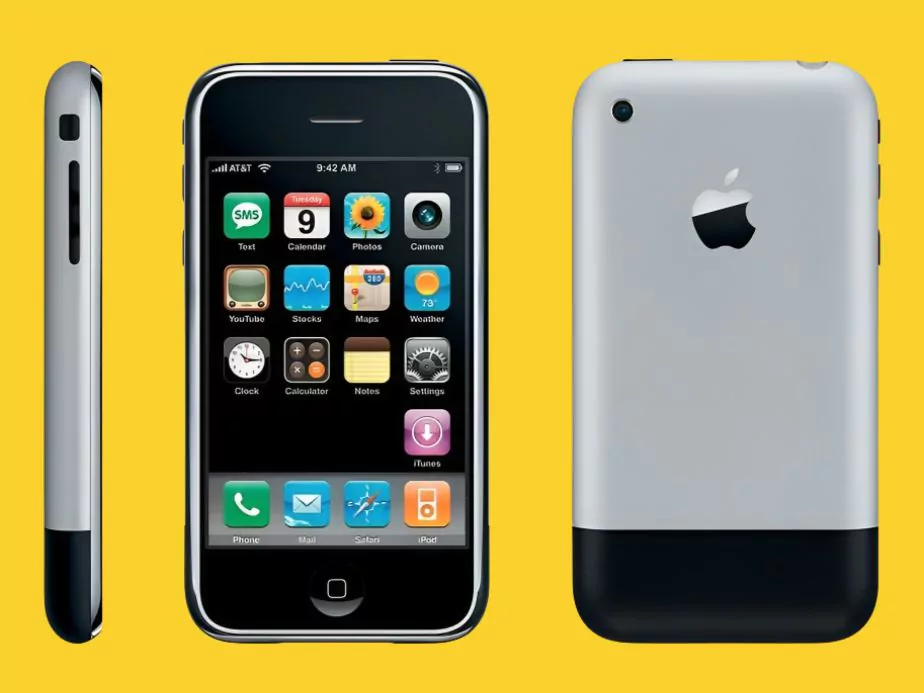Who Invented Smartphone: A Deep Dive into its Origins

The smartphone has fundamentally changed the way we communicate, work, and play. It’s so embedded in our daily lives that it’s hard to imagine a world without it. Yet, the question of “Who invented smartphone?” rarely crosses our minds. This pivotal invention didn’t appear overnight but is the result of years of innovation and contributions from various visionaries. In this deep dive into its origins, we’ll explore the key milestones and the people who transformed the concept of mobile communication into the multi-functional smartphones we rely on today. From early mobile devices to game-changing technologies and platforms, join us as we unravel the fascinating journey of the smartphone’s invention and evolution.
-
Pioneering DevicesWe'll examine the early devices that set the stage for the modern smartphone, paying close attention to IBM Simon, which is often hailed as the first true smartphone.
-
Key FunctionalitiesFrom mobile calling and texting to internet browsing and app usage, we explore the functionalities that have been integrated into smartphones over the years.
-
Influential CompaniesCompanies like BlackBerry, Apple, and Google have played pivotal roles in shaping the smartphone industry. We'll delve into how their unique contributions changed the smartphone landscape.
-
Technological MilestonesWe'll identify and discuss the technological advancements that have significantly influenced smartphone design and capabilities, such as touchscreen technology and high-speed internet access.
-
Cultural ImpactThe smartphone has not just evolved as a piece of technology; it has also impacted our culture and daily life. We'll touch on how smartphones have become an indispensable tool in various aspects of life.
1 The Pre-Smartphone Era: Early Mobile Communication

Before the advent of smartphones, people relied on a range of different mobile devices for communication. In 1983, the Motorola DynaTAC 8000x was released, becoming the first commercially available mobile phone. These “brick phones,” as they were colloquially known, offered limited functionality—mainly voice calls.
PDAs: The Ancestors
Another critical development was the Personal Digital Assistant (PDA), with popular models like the Palm Pilot, released in 1996. These were essentially handheld computers that could manage contacts, appointments, and notes but lacked phone features.
Feature Phones
The late 1990s and early 2000s saw the rise of feature phones like the Nokia 3310. These phones were compact and offered more features like text messaging, basic internet, and games, but they were far from the multifunctional devices that smartphones would become.
2 IBM Simon: The First Touchscreen Phone

Released in 1994, IBM Simon was far ahead of its time, essentially laying the blueprint for future smartphones.
An All-In-One Device
Simon combined a mobile phone with a variety of business-focused features, such as a calendar, note pad, and native applications. It even had a touch screen, which was revolutionary at the time.
The Impact
Though not commercially successful due to its high cost and bulkiness, Simon remains a landmark device in the history of mobile phones, as it was the first to integrate multiple functionalities into a single mobile unit.
3 BlackBerry: The Dawn of Mobile Email

BlackBerry smartphones became synonymous with business communication in the early 2000s.
The BlackBerry Enterprise Server
One of the key advantages was the BlackBerry Enterprise Server, which provided secure, push-based email services.
Iconic Design
The BlackBerry’s QWERTY keyboard became iconic and was perfect for typing out emails and messages quickly, which contributed to its adoption as a business essential.
Shifting Focus
While BlackBerry failed to adapt quickly to the touch-based interface trends set by Apple and Android, its contribution to mobile email and business communication remains unmatched.
4 Apple's iPhone: A Game Changer

Introduced in 2007, the iPhone redefined what a mobile phone could be.
A Revolutionary Interface
One of the iPhone’s most groundbreaking features was its touch interface, combined with a minimalistic design that eliminated most physical hardware buttons and eschewed a stylus for finger-based input.
App Ecosystem
Another major innovation was the App Store, which allowed third-party developers to create apps, transforming the iPhone into a platform for a multitude of different functions.
Cultural Impact
The iPhone not only changed the technology industry but also had a broad cultural impact, influencing photography, social media, and the way we interact digitally.
5 Android: Democratizing Smartphone Technology

Android, backed by Google, emerged as a flexible, open-source alternative to Apple’s iOS.
Open Source Advantage
The open-source nature of Android allowed for a wide range of manufacturers, from Samsung to HTC and beyond, to develop their own smartphones based on the Android operating system.
Price Point
Android devices often came at various price points, making smartphones accessible to a broader range of the population.
Google Services
Android also integrated seamlessly with Google’s range of services, like Google Maps and Google Drive, making it a robust and flexible smartphone operating system.
FAQ's about who invented Smartphone
Who is credited with inventing the first smartphone?
IBM’s Simon is often credited as the first smartphone, combining mobile phone functionalities with a touch-sensitive screen.
Did Apple invent the smartphone?
No, Apple did not invent the smartphone, but the introduction of the iPhone in 2007 revolutionized the smartphone industry.
What was the first Android smartphone?
The first Android smartphone was the HTC Dream, also known as the T-Mobile G1, released in 2008.
How did BlackBerry contribute to smartphone technology?
BlackBerry was instrumental in popularizing mobile email and providing business-centric functionalities on mobile devices.
Were there smartphones before IBM Simon?
There were mobile phones and PDAs, but IBM Simon was the first device to combine these features into a single unit, earning it the title of the first true smartphone.
What were the limitations of early smartphones?
Early smartphones were bulky, had limited battery life, and lacked the extensive functionalities and apps that modern smartphones offer.
What role did Nokia play in the evolution of smartphones?
Nokia was a major player in the mobile phone industry and introduced some features like cameras and internet browsing, but it was not a significant contributor to what we consider smartphones today.
When did smartphones become mainstream?
Smartphones became mainstream around the late 2000s to early 2010s, particularly after the launch of the iPhone and Android devices.
How did Android democratize smartphone technology?
Android’s open-source nature allowed various manufacturers to create affordable smartphones, making the technology accessible to a broader audience.
Who are the current leading companies in smartphone technology?
As of now, Apple, Samsung, Huawei, and Xiaomi are among the leading companies in the smartphone market.
Community Q&A
About This Article
Hardik Jethva is an experienced author of the BestCheck family. Working from scratch, he has developed an amazing interest in testing and writing about different products in a transparent manner. His writing skills got more audience for BestCheck. Apart from his professional life, Hardik has his eyes on travelling, meditation, eating healthy food, socializing with people, and car rides.
This article has been viewed 428 times.



